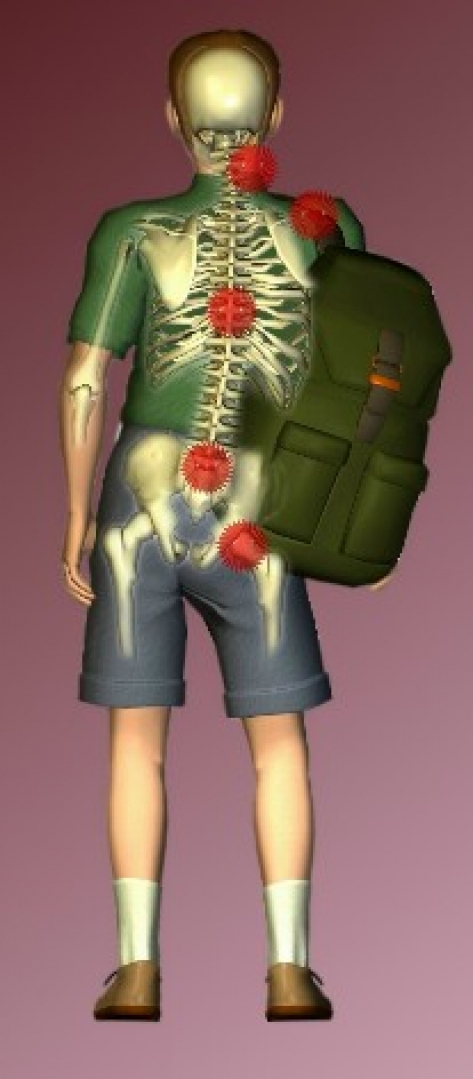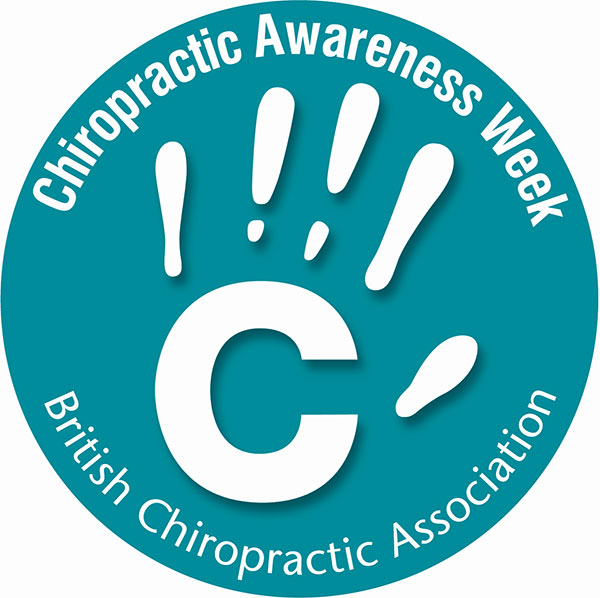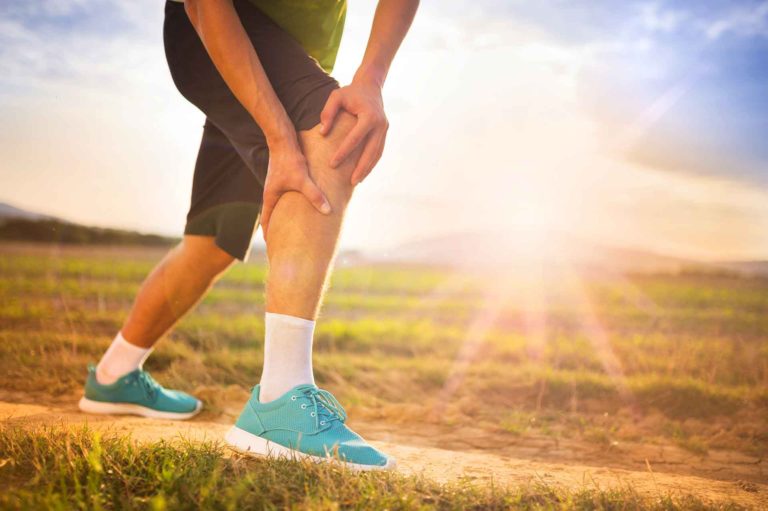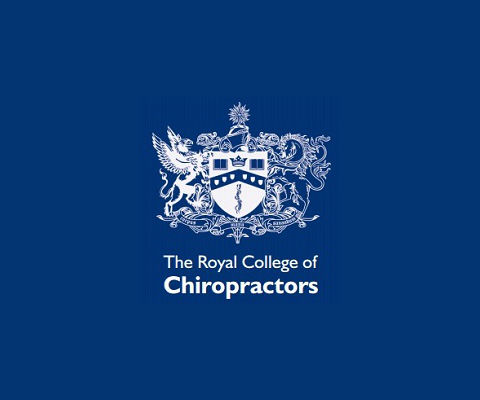Wearing a Backpack
[vc_row][vc_column][vc_column_text]
Wearing a Backpack
Once the books are bought and the uniforms ironed, the children will move from an active summer of playing outside and head back to the classroom. Carrying heavy bags and backpacks and spending a large amount of time sitting at desks are daily activities affect posture.
[/vc_column_text][vc_empty_space height=”20″][vc_column_text]
A 2008 study by the British Chiropractic Association found that 45% of children had suffered some kind of back pain by the time they were 11 years old.
“72% of the nation’s children carrying around heavy books and sports equipment on their backs for much of the day”. So what can we do about it? The American Chiropractic Association have tips for selecting and correctly using a backpack. Geared to minimise the impact on a child’s posture:
- Is the backpack the correct size for your child? The backpack should never be wider or longer than your child’s torso. And, the pack should not hang more than 4 inches below the waistline. A backpack that hangs too low increases the weight on the shoulders, causing your child to lean forward when walking.
- Does the backpack have two wide, padded shoulder straps? Non-padded straps are not only uncomfortable, but also they can place unnecessary pressure on the neck and shoulder muscles.
- Does your child use both straps? Lugging a heavy backpack by one strap can cause a disproportionate shift of weight to one side. This leads to neck and muscle spasms, low-back pain, and poor posture.
- Are the shoulder straps adjustable? The shoulder straps should be adjustable so the backpack can be fitted to your child’s body. The backpack should be evenly centred in the middle of your child’s back.
- Does the backpack have a padded back? A padded back not only provides increased comfort, but also protects your child from being poked by sharp edges on school supplies (pencils, rulers, notebooks, etc.) inside the pack.
- Does the pack have several compartments? A backpack with individualised compartments helps position the contents most effectively. Make sure that pointy or bulky objects are packed away from the area that will rest on your child’s back, and try to place the heaviest items closet to the body.
The weight of the backpack is also an issue.
In order to keep this proportional to the strength of the child, we recommend a child’s backpack be no more than ten percent of their bodyweight. That would mean a 30kg child carry no more than 3kg’s in their backpack or a 50kg child carry no more than 5kg’s in order to prevent over stressing their body.
With increased time being spent at desks and computers during term time the British Chiropractic Association have come up with some great tips to help keep children mobile and minimise the postural effects of these activities:
Best Foot Forward
Make sure your child has good footwear; soft-soled shoes that are supportive and have a good grip will make it easier for them to carry a heavy school bag
Exercise
lack of exercise is your child’s worst enemy. Encourage your child to take regular exercise as the fitter your child is the less likely they are to injure themselves.
Move around
Staying still for a long time is bad for your spine. Limit your child to small sittings of no more than 30-40 minutes on the computer or watching TV, before they get up and do something else for a while
Computer posture
when using a PC or a computer console – make sure they are set up so they are sitting comfortably and their spine is supported. They may not realise that the position they are sitting in is painful because they are being distracted by the games!
I hope this helps keep the junior members of the family running at their highest potential while they focus on education and all the hundreds of other activities that come with the school year!
[/vc_column_text][vc_empty_space height=”42″][/vc_column][/vc_row]






